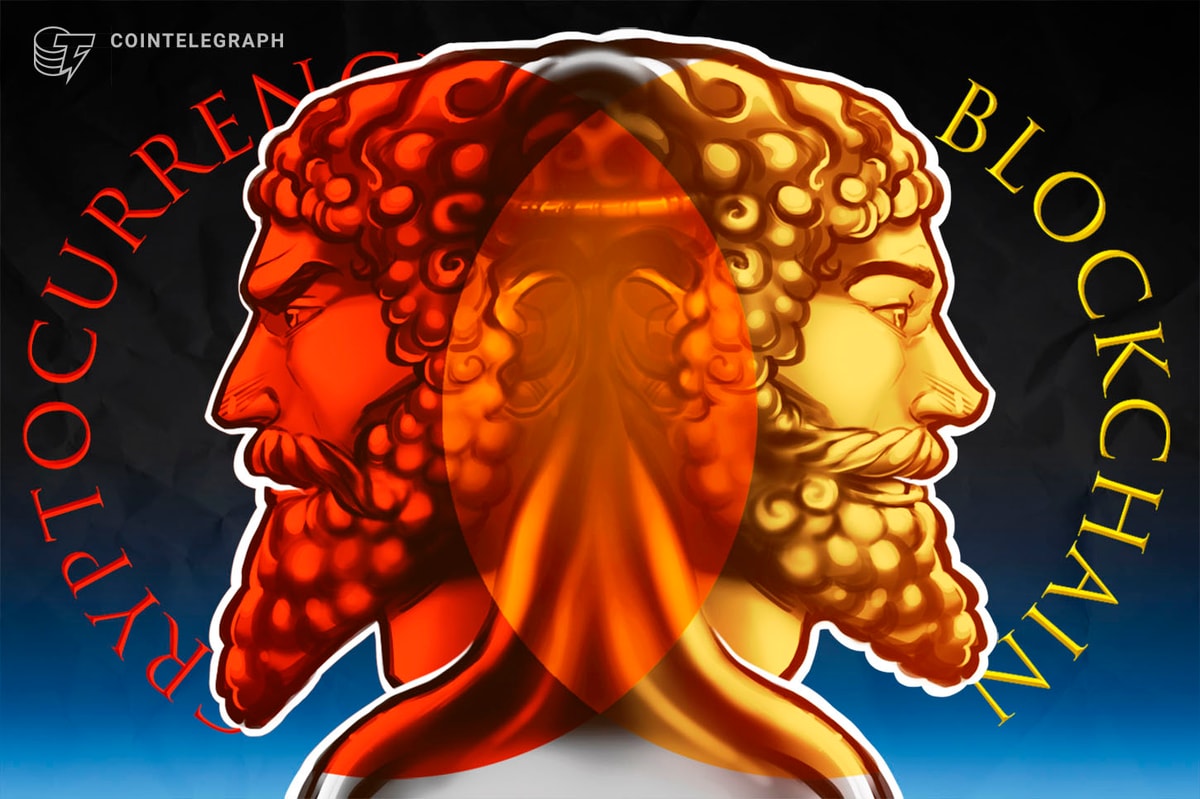
Banks and governments are warming up to the possibility of leveraging the power and resiliency of the blockchain to implement smarter financial systems that permit faster and cheaper local and global transactions, permanently recorded in a tamper-proof blockchain. At the same time, financial institutions and states find some aspects of Bitcoin worrisome.
One concern is that the Bitcoin network relies on anonymous miners to validate transactions. This concern is addressed by various concepts and implementations of “permissioned blockchains” that are popping up, which would offer the advantages of digital currencies powered by public blockchains but be restricted to banks and vetted financial operators. Permissioned blockchains have been supported by Accenture and Digital Asset Holdings CEO Blythe Masters, andcriticized by Jon Matonis and legendary cryptographer Nick Szabo, among others.
Another concern is the privacy and semi-anonymity of Bitcoin. Many governments have expressed the position that private digital currencies shouldn’t be tolerated because they can facilitate criminal activities and money laundering, and make tax collection much more difficult. So, on the one hand governments wish to modernize the financial system with blockchain technology, but, on the other hand, they want to remove privacy.
Concepts and implementations of blockchains without privacy, where all users are explicitly identified, and all transactions traceable by the government by design, are beginning to appear.
The website of “identifiable digital currency” GreenCoinX highlights a statement of Bill Gates in a 2014 Bloomberg TV interview:
“The customers we’re talking about aren’t trying to be anonymous, they’re willing to be known, so Bitcoin technology is key, and you can add to it or you could build a similar technology where there’s enough attribution where people feel comfortable that this is nothing to do with terrorism or any type of money laundering,” said Gates.
GreenCoinX, developed by GreenCoinX Inc., a company jointly owned by lead developer Nilam Doctor and investment company GreenBank Capital Inc, has digital identification built-in.
“Other cryptocurrencies are not identifiable and, therefore, those cryptocurrencies are not only susceptible to be used for illegal purposes, but are not easily taxable by governments,” state the developers. “These concerns make global acceptance of cryptocurrency transactions more difficult. GreenCoinX provides a solution by adding email and phone identification to all GreenCoinX transactions. Those intending illegal activities will likely not use GreenCoinX as they can be easily identified. Furthermore, global governments will be able to collect taxes based on GreenCoinX transactions with country-by-country rules for each type of transaction.”
GreenCoinX is clearly and unambiguously targeted at governments. The developers hope that governments around the world will adopt their digital currency to automate tax collections in the context of an efficient digital economy. The government section of the GreenCoinX website invites all governments to contact the developers to build custom implementations of GreenCoinX tailored to specific national requirements and laws.
“GreenCoinX is flexible and modifiable such that each government can decide what identification rules they require for a GreenCoinX transaction and what country-specific taxes should be attached to each transaction,” reads the call for interest. “Additional parameters can be added on an as-needed basis depending on the requirements of each country.”
The GNU Taler project, promoted by the Free Software Foundation and developed in the GNU framework in collaboration with INRIA, is a new free software system for electronic payments under development. Unlike BitCoin or cash payments, Taler will be aimed at ensuring that governments can easily track their citizens’ income and thus collect sales, value-added or income taxes. Taler will not be a new currency, but use an electronic mint holding financial reserves in existing currencies such as U.S. dollars, euros or bitcoin.
The government section of the GNU Taler website notes that, with Taler, the receiver of any form of payment is known, and the payment information comes attached with some details about what the payment was made for. “Thus, governments can use this data to tax businesses and individuals based on their income, making tax evasion and black markets less viable.”
However, GNU Taler is different from GreenCoinX because, while it doesn’t protect the identity of the merchant, it does protect the identity of the customer. The identity of a customer won’t be revealed to the merchant, and the government won’t be able to learn how consumers spend their electronic money.
“To facilitate [end user anonymity], we are developing a system for anonymous payment called GNU Taler,” said Free Software Foundation founder Richard Stallman in a comment posted to the Institute for Ethics and Emerging Technologies website. “With anonymous payment, we can put an end to surveillance-based web services that collect dossiers about their users.”
The GNU Taler project seems an interesting attempt to put together two conflicting requirements – anonymity for consumers and ability for the government to tax merchants. However, the government doesn’t want to know only how much a merchant earns, but also who buys what. Therefore, it seems likely that governments would prefer simpler systems with no privacy at all, such as GreenCoinX.










